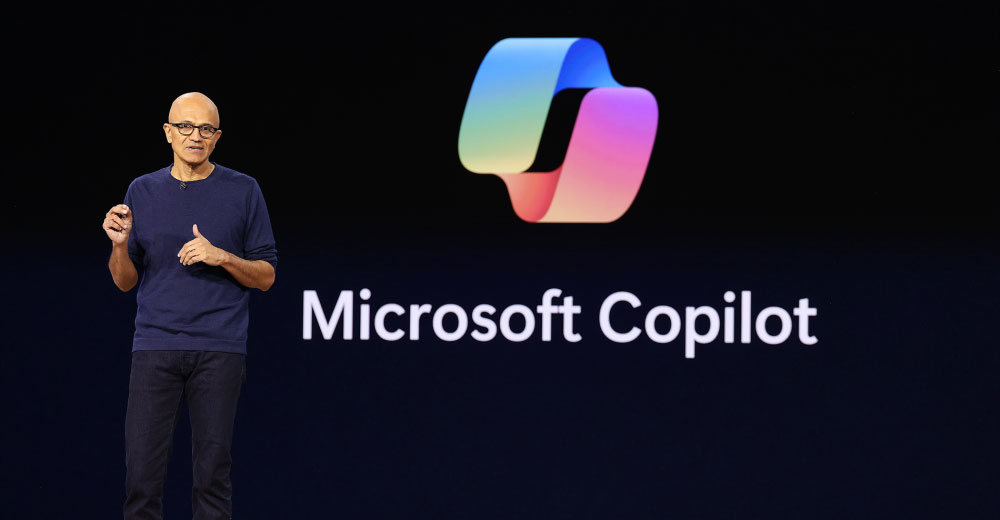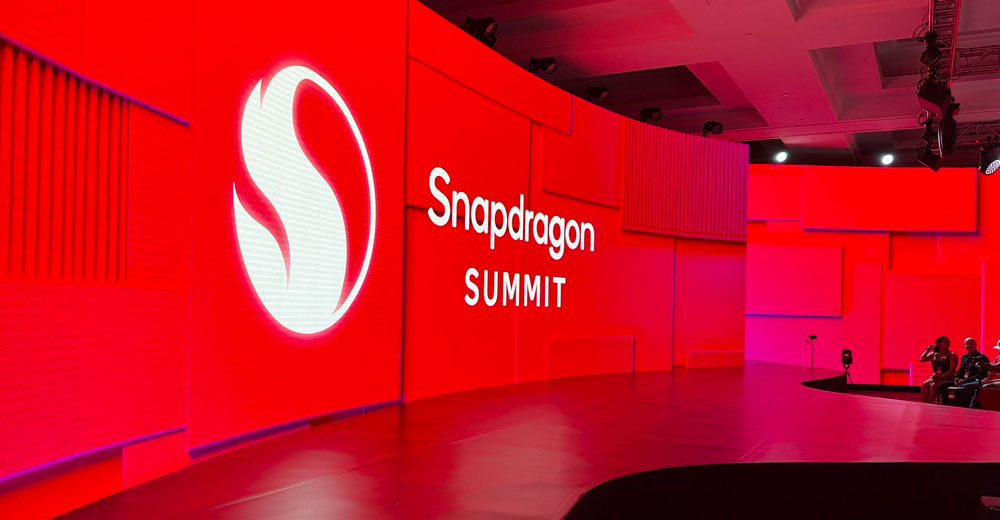Software-as-a-service price inflation is growing four times faster than market inflation, forcing customers to spend more on licensing than they paid five years ago.
Some industry watchers see this rapid price increase as a significant factor in fueling a trend of owning locally-based software instead of renting it via cloud delivery.
Until now, retailers have relied heavily on SaaS offerings for their fulfillment systems. But research from SaaS purchasing and spend management platform firm Vertice shows that many retailers are shifting away from this in favor of solutions they own.
Why? To gain the flexibility for providing a better customer experience.
Spending on SaaS products grew more than tenfold between 2010 and 2020, from $13 billion to $157 billion annually. As companies raced to support remote working in recent years, SaaS spending rose by 26% in the months following the initial pandemic lockdown in 2020. It continues to increase like a runaway train.
“While most organizations prefer to move their systems and data to a private, public, or hybrid IT solution, there is a growing trend to move back to on-premises solutions due to cost, performance, and security considerations,” Manoj Agarwal, co-founder and president of SaaS platform developer firm DevRev, told CRM Buyer.
Driving Factors
Inflation has dominated the financial news landscape in 2022. In many markets, the consumer price index (CPI) reached its highest point in a generation. This growth in the cost of things also applies to software, noted a recent industry assessment by Vertice.
Almost every organization has come to rely on SaaS to conduct business. These cloud-based applications range from communications tools like Slack and Zoom to productivity suites like Microsoft 365 and Google Workspace. It also includes department-specific platforms like Atlassian, Workday, NetSuite, or Salesforce, according to the report titled “Project Collaboration Software: The Ultimate Pricing Guide.”
Funding SaaS subscriptions works differently than many other major corporate overhead expenses like payroll and rent, according to researchers. Selecting, managing, and renewing SaaS tools are decentralized in nearly every organization for various reasons.
Buying power plays the most important role, and it typically spans several individuals and departments. Finance leaders manage budget requirements, IT teams assess systems and compliance considerations, and department heads select based on functionality.
The corporate shift away from SaaS due to its increasing cost is widespread and impacts all industries, agreed Chap Achen, vice president of product strategy and operations at SaaS and Logistics company Nextuple.
“This shift is occurring across all industries but mostly in large to mid-size companies. It is more pronounced also in areas where the company is directly engaged with end consumers,” Achen told CRM Buyer.
Challenging Web for Decision-Makers
The process is a complex web of decision-making that can be challenging to gain a single view of all the SaaS products a company uses. According to the report, a growing portion of all business expenditures goes to SaaS, equaling around 12.7% of total spending now used on software investments.
Researchers offered that $1 in every $8 that modern organizations spend is now dedicated to SaaS. As of 2022, companies spend around $3,112 per employee yearly on SaaS.
This figure rises to $4,552 for technology companies that spend more than firms in any other category.
Those figures shed some light on why owning and running software locally is a better option for retailers, offered Achen.
“Where a retailer is looking for differentiation is where it makes sense. They are not tied to a vendor roadmap or wait for annual upgrades. The lost opportunity cost is avoided when you own your own solution,” he said.
Overpaying for Saas Is New Norm
A solid 90% of SaaS buyers are overpaying, asserts Vertice. It is no secret that with the expanding SaaS ecosystem, SaaS procurement continues to be a more difficult process than necessary for startups and enterprises alike.
“With low visibility into pricing and tool usage along with limited negotiation bandwidth, businesses are overpaying for SaaS products by 20%-30%, on average. Put simply, it is time for a better way to purchase and manage SaaS,” according to the Vertice report, which presents a significant focus on the sector-specific analysis of project collaboration tools.
Microservices play a key consideration in this shifting direction by retailers, cautioned Achen. They are the leading strategy retailers take when moving away from monolithic applications.
Pick and Choose Options
Microservices are the resulting standalone services after breaking a software application down into separate components that perform their functions without being embedded in the application itself and are ideally suited for SaaS, where each service is assumed to be part of a more extensive system. It allows users to take bite-size chunks out of their existing platform, observed Achen.
“They see it can add immediate business value versus replacing their entire tech stack at once,” he suggested.
This change can impact offering customers multiple options for delivery or in-store pickup. Today, the best omnichannel retailers have moved away from SaaS-based omnifulfillment solutions, Achen explained.
“Why are they the best? Because they offer on average 3-to-5 ways to get your order delivered. The relationship between the number of choices in fulfillment and the technology strategy behind are directly correlated.”
























































